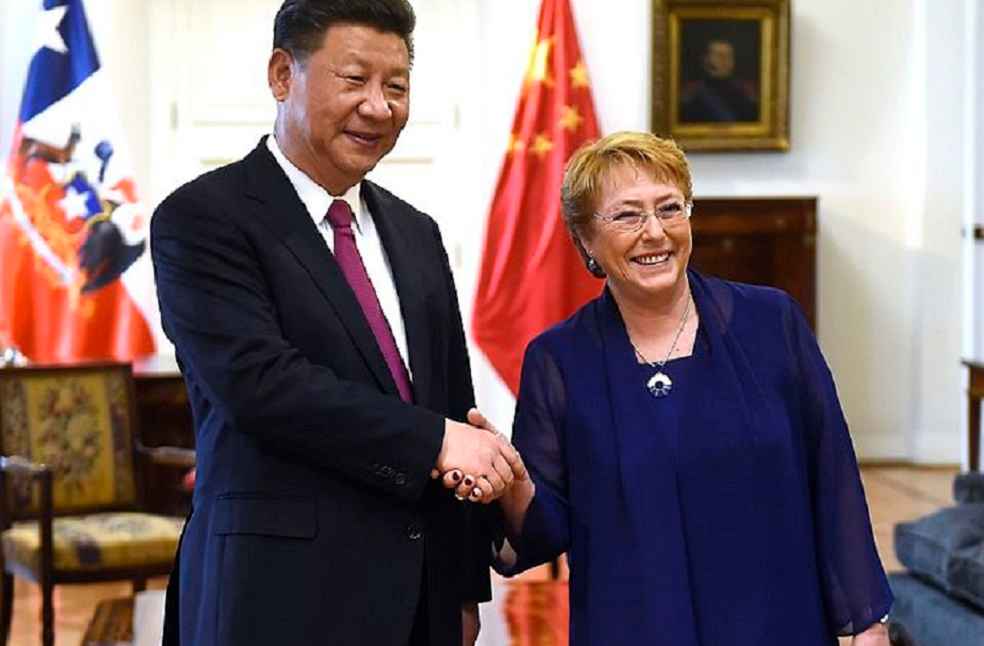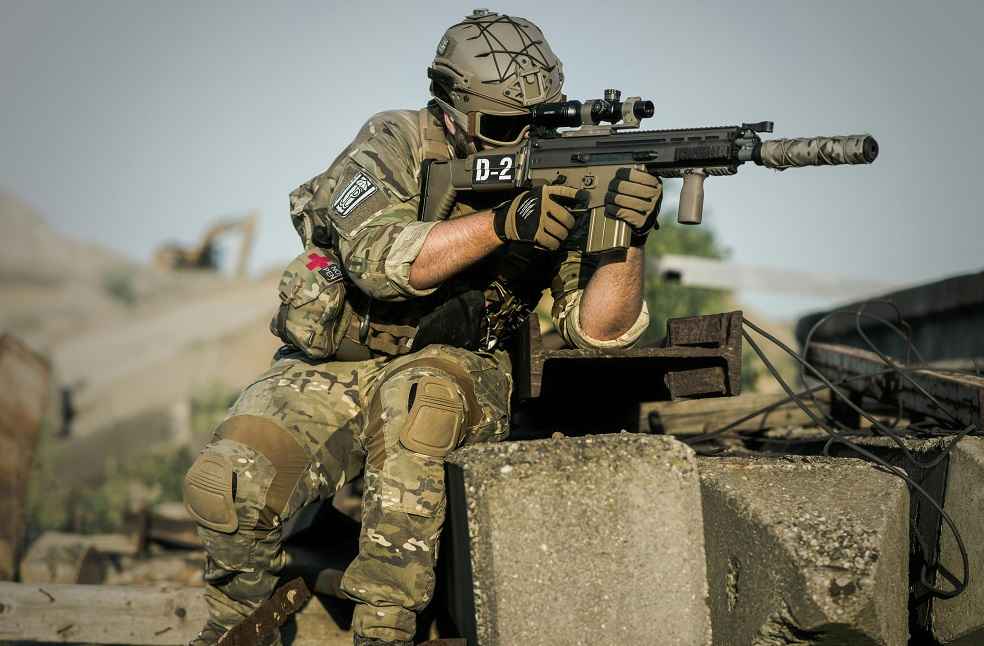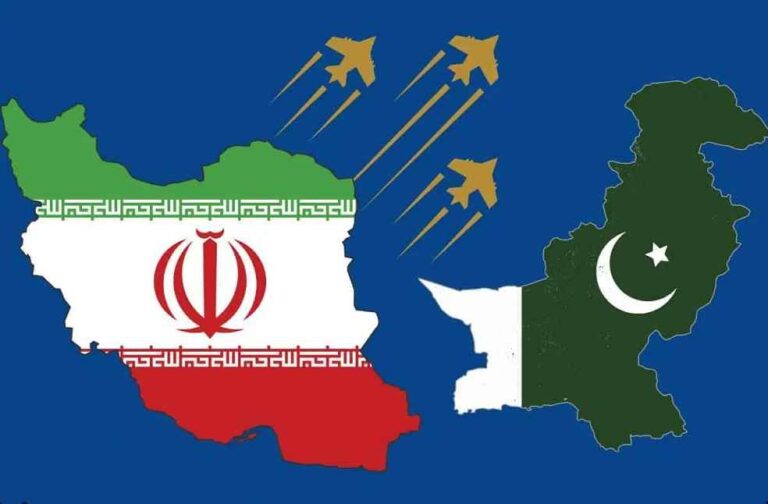China: As Iran and Pakistan demonstrate their military might, China faces a dilemma over whom to support. Despite urging restraint from both nations, China’s significant oil imports from Iran and close ties with both countries complicate its decision in these recent developments.
Amidst military maneuvers by Israel in Gaza and assaults by the Houthis in the Red Sea, the Middle East faces heightened volatility due to the Iran-Pakistan conflict.
Recent aerial attacks by both nations have resulted in 11 casualties, including 4 children in Iran and 2 in Pakistan, as per official reports.
Iran’s strikes were aimed at two Jaish al-Adl centers in Pakistan’s Baluchistan province, seen as retaliation for attacks on Iran’s security forces. Pakistan responded with counter-attacks in Iran, targeting the Baluchistan Liberation Front and the Baluchistan Liberation Army near Saravan in the Sistan and Baluchistan province.

Neighboring countries, including India and China, are monitoring the situation closely. China has called for restraint, while India acknowledges the conflict’s nature and upholds the right of self-defense.
The U.S. criticized Iran for crossing international borders within 48 hours. State Department spokesperson Matthew Miller noted Iran’s contradictory stance of combating and allegedly supporting terrorism. The U.S. is engaged in combatting Iran-backed Houthi militants in the Red Sea.
A Brief Perspective
Islam, followed by 96.47 percent of Pakistan’s population, is predominantly Sunni (around 90 percent), with Shias accounting for about 10 percent. In Iran, 96.6 percent Muslim, the majority (90-95 percent) are Shia, with the remainder being Sunni or Sufi Muslims.
The main Islamic sects are Sunni and Shia. Sunnis favor elected leadership, while Shias advocate for leadership from Prophet Muhammad’s family lineage (Ahl al-Bayt). Globally, Shias represent 10-13% of Muslims, as per a 2009 American Library of Congress report.
Since the inception of the Islamic community, the Shia Muslim community and the Sunni Islam faction have been two groups in conflict with each other. These two Muslim factions originated from differences in opinion that began after the death of the Islamic Prophet Muhammad, over who should lead the Muslim community.
Military Capabilities

Per the Global Firepower Index, Pakistan and Iran rank 9th and 14th in global military strength, respectively. Pakistan’s military, with advanced tanks like Type 90-2 and Al-Khalid and various armored vehicles, includes about 650,000 active personnel and 550,000 reservists, 1,434 aircraft, including F-16s and JF-17 Thunders, and a navy with 30,000 personnel, warships, and submarines.
Iran’s military, the largest active force in the Middle East, comprises around 610,000 active and 350,000 reserve troops. Its army, navy, and air force include about 500 aircraft, such as the Saegheh and older F-4 Phantoms, and a navy with 20,000 personnel.
The escalating Middle East conflict impacts global cargo movement through the Red Sea, leading to increased prices and shortages. The persistent violence in the region threatens to spread war-like conditions, impacting global peace.



